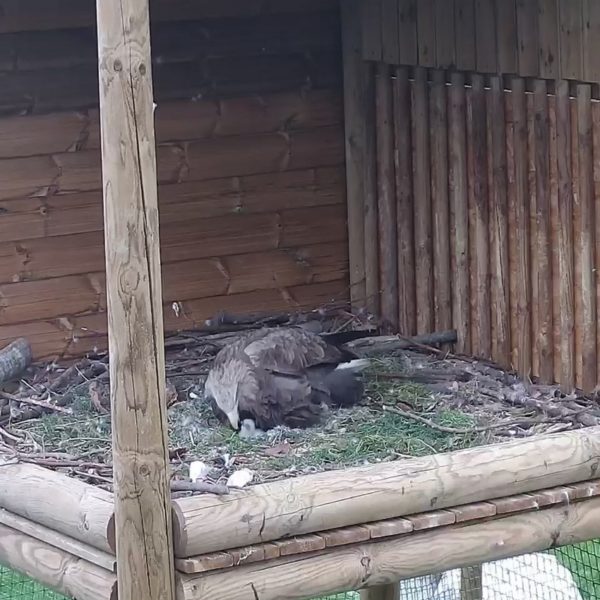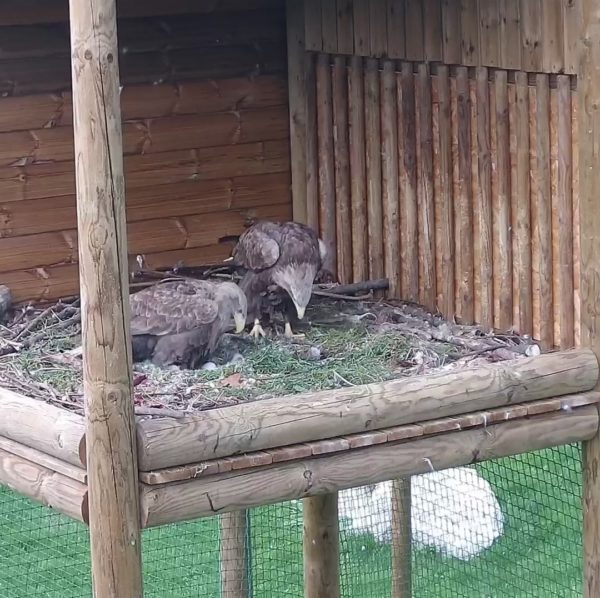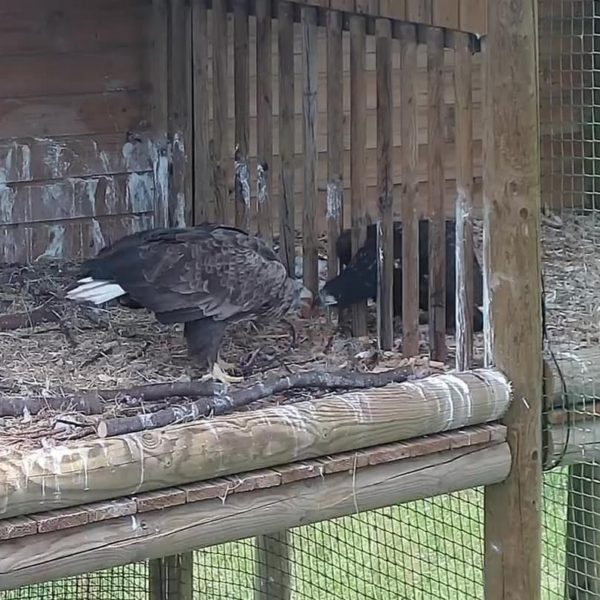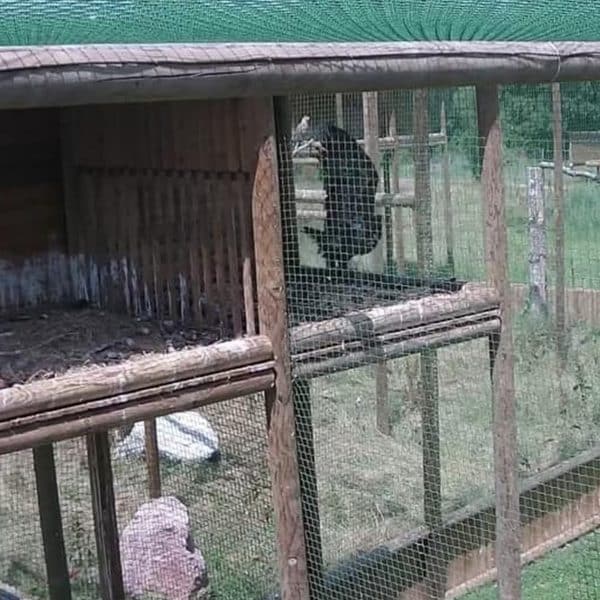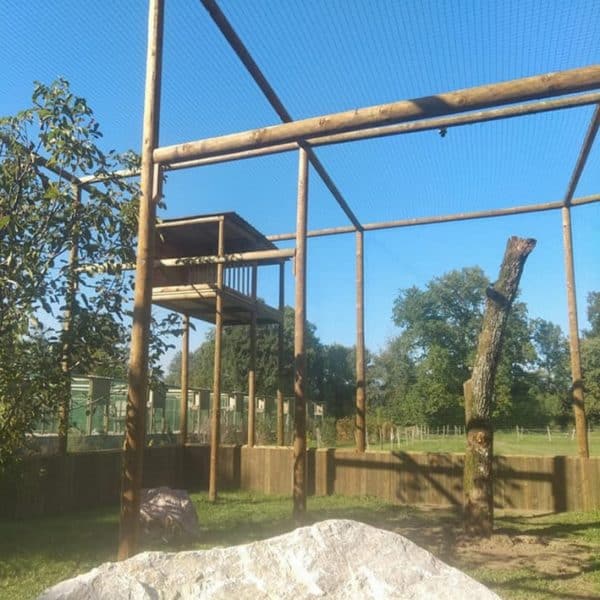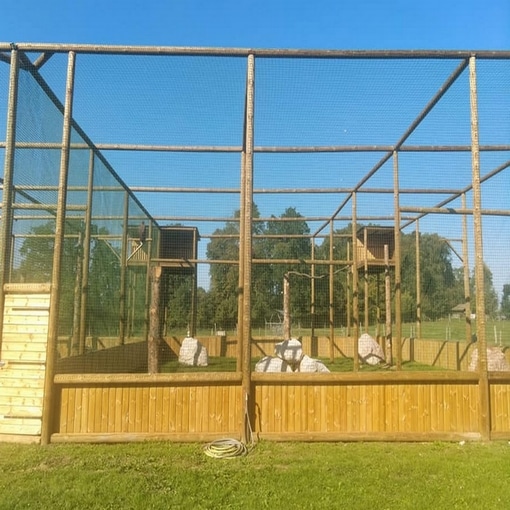The project
The idea of a reintroduction program was born in the head of Jacques-Olivier TRAVERS in 2007. At that time the white-tailed sea eagle had disappeared from France since 1959 (Corsica) and 1892 (Thonon les Bains) and the hopes of a quick return seemed very slim.
« Ever since I was a child, I’ve had a passion for this eagle, which I discovered in a book by the Swiss ornithologist Paul Géroudet, and I immediately dreamt of seeing it again in the skies over our country. It’s been a long road, because there were very few of them in captivity and the naturalist community wasn’t very keen on undertaking a reintroduction programme.»

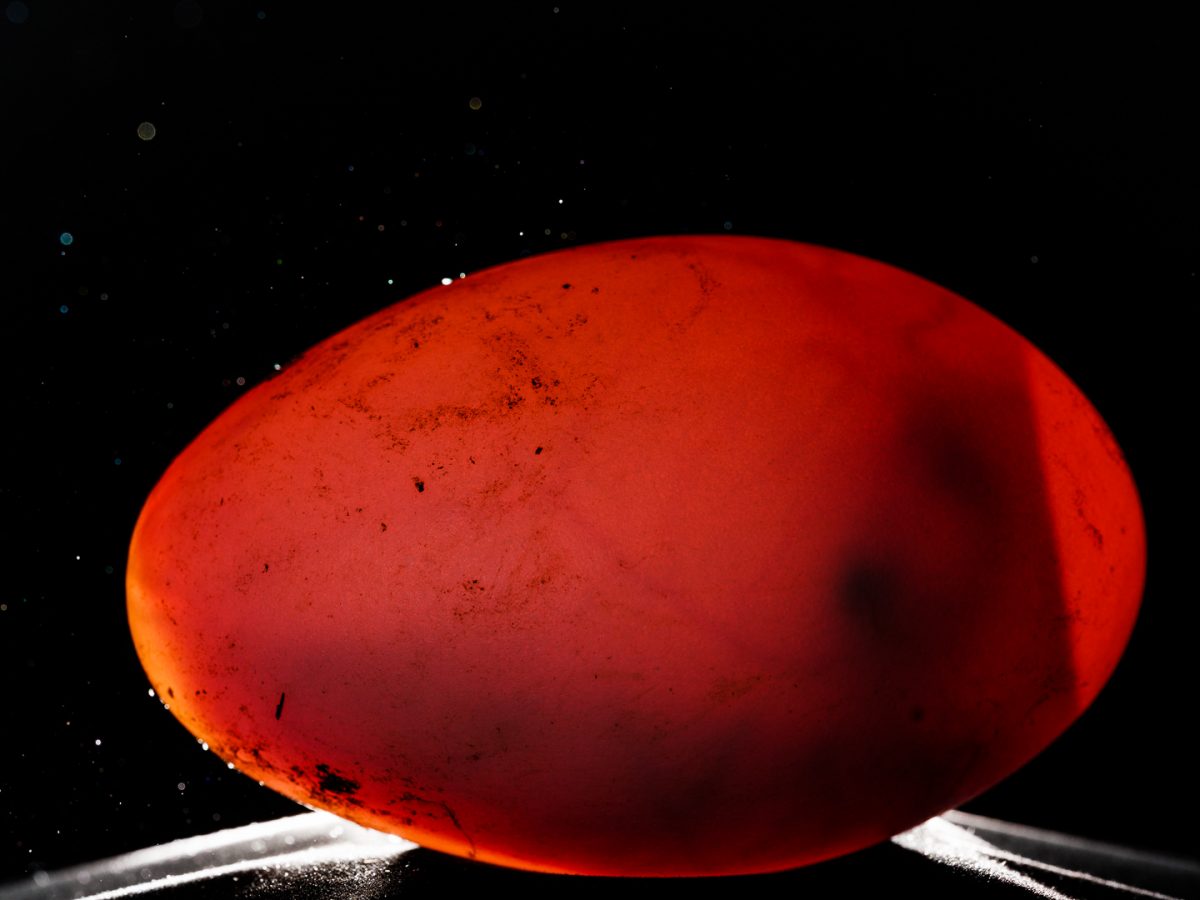
Bredding success
In 2007, there were almost no white-tailed eagles in captivity in France and reproduction of the species in zoos was rare. The Park of the eagles of Léman brought the first individuals from Russia in 2009. From 2012 the first couple is formed; it will take four years to reproduce. From 2017 new couples are formed and gradually 2 then 3 pairs reproduce each year. Thanks to the cooperation of French zoos (Puy du Fou, Amnéville, Le Pal, Terre de Nataé, Volerie des Aigles) and European zoos (Veldhoven zoo, le monde sauvage), 10 pairs, including 7 breeders, will be housed at the Aigles du Léman during 2021.
To make the species known
To reintroduce a species, it is important that it is perfectly accepted by the public who will be in contact with it. We have chosen to do a national communication campaign to make the public discover this species. As we don’t have big means at our disposal, we have chosen to make an original campaign based on the production of films and innovative events. During the years 2014 to 2019 we have participated, written, directed, or produced more than a dozen documentaries on white-tailed sea eagles. At the same time our birds have been seen from the Eiffel Tower, the Burj Khalifa, the Olympic Stadium in London, in Vienna, Berlin Rotterdam…The images from the cameras on the backs of our eagles have revealed a unique view of the great glaciers of the Alps, the deserts of the Middle East or the Greek islands…
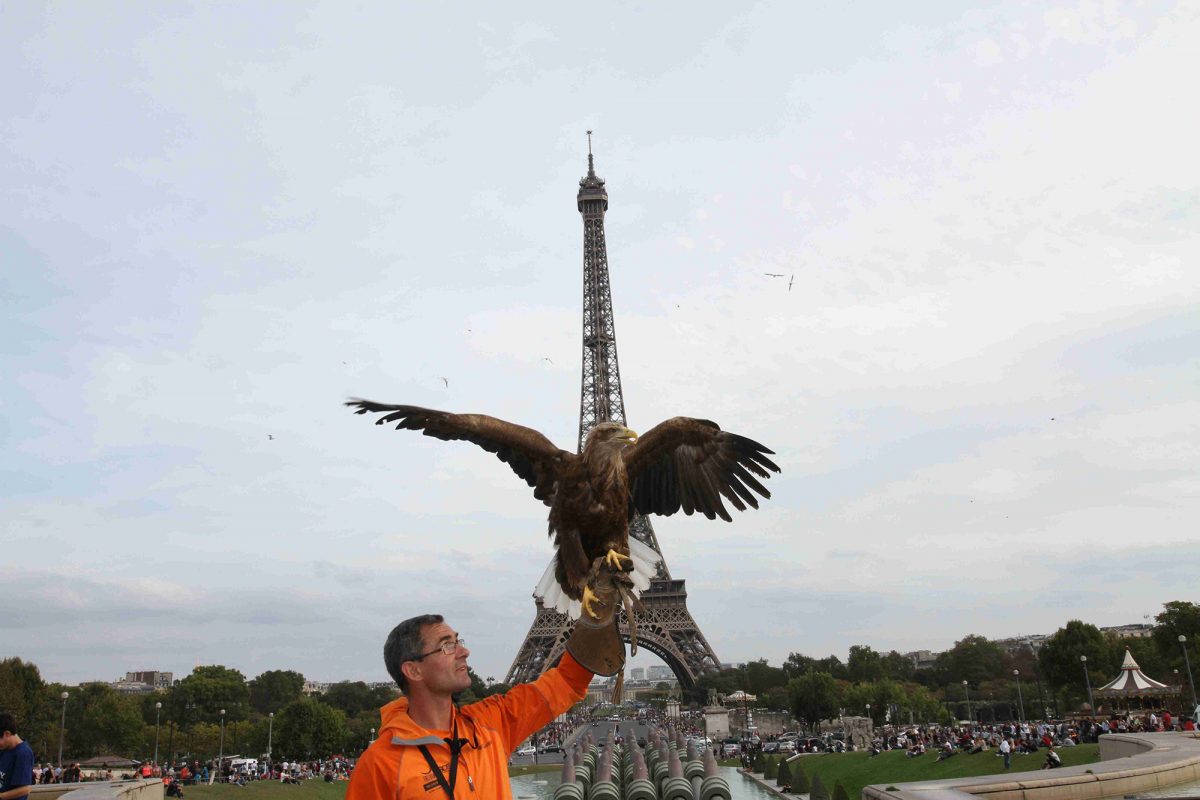
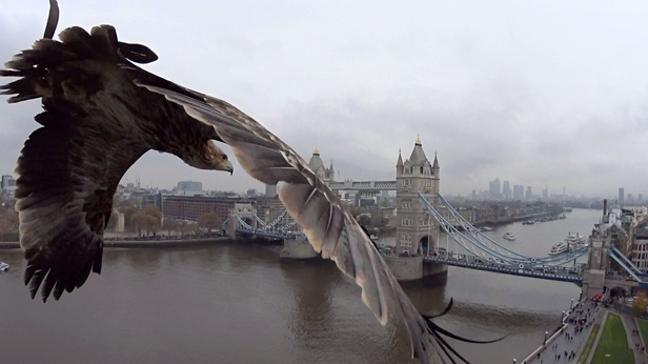
Creating a consensus
We wanted to make this reintroduction a true regional project and create strong local support. To do this, we consulted all the stakeholders for nearly 2 years: Naturalist association, fisherman, elected officials, scientists, teachers. Through studies, consultations and improvements, the project has gained general approval, which has been reinforced by the discovery of the last reproduction in continental France at Thonon les Bains. This gives all its sense to this project strongly anchored in the preservation of the local heritage.
The parental hacking, our method
For a long time, falconers and naturalists have understood that young birds are able to learn to fly and hunt alone in their first weeks of life. The young birds are taken from nests in the wild or in zoos, brought to the reintroduction area, raised together and then released with food supplementation for a few months. This technique has been tried and tested in reintroduction programmes all over the world, and is known as the Hacking or cleat method.
However, the abrupt separation from the parents and the short time spent at the reintroduction site seem to limit the return of the birds to adulthood and the survival rate of the young. Similarly, trying to reduce the flight distance of eagles is becoming a necessity in a world where human presence is increasingly prevalent. Our idea is to try to improve these three points with a new technique that we have named: the parental hacking.
The young are raised directly on the reintroduction site by their parents in an aviary until they are 8 weeks old, when they are placed in an outdoor nest but in contact with the parents, simply separated by bars. They will thus be able to emancipate themselves at their own pace without any break with the parents. This will not create any trauma linked to the separation with the parents and to the transport to an unknown release site.
In 2022, for the first year of the programme, we found that while the double nest technique (photos attached) worked perfectly, the timing of the reintroduction had two drawbacks:
- The young eagles fly away at the same time as the extremely numerous young black kites around the reintroduction site and trigger the aggressiveness of the parents. This creates stress for the young eagles but also for the kites.
- The eagles make their first flights in July-August, the time when the lake shore and the Guidou reserve are over-frequented, which does not facilitate their return to nature with frequent disturbances when they have not yet mastered flight very well.
As a result we have decided for the next few years to modify the release process by allowing the eaglets maximum time with their parents without using the double nest. When we see that natural tensions between young people and parents arise. We take the youngsters to a large aviary where they can learn to fly, get to know other animals and learn to fish in a large fish tank.
This development will allow the eaglets to be released at the very beginning of September, without a sudden break with their parents and with the possibility of staying as long as they want near them.
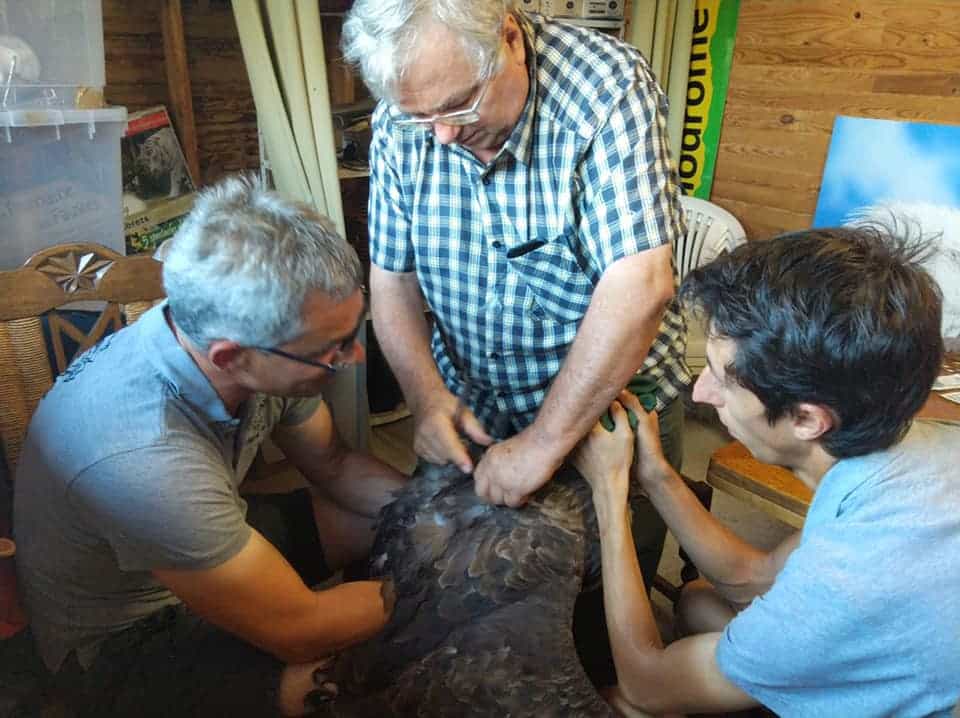
Scientific research
The eagle reintroduction project in the Lake Geneva basin will allow many scientists to analyze the data provided by the video surveillance of the birds, the GPS tracking, and the field observations. Publications will regularly report on the progress made by the scientists with whom we collaborate. The work will focus on the following main points :
Validation of parental hacking technique : The originality of this reintroduction project lies in this new release technique. The aim of the studies that will be carried out throughout the 8-year programme is to check whether this new technique brings benefits in terms of the survival of young eaglets and the settlement of birds in the area, two crucial points in reintroduction programmes.
Bird movement :Placing a GPS tag on each reintroduced eagle will allow us to follow bird movement.
Where do they go? How long do they stay in the reintroduction area? Will they join other populations?
These essential questions to understand the possible reconquest of the national territory will be analyzed by one of the best specialists of the question: Bernd Meybug.
The life cycle : The life cycles of birds will also be studied. Modern beacons allow us to know if the birds areactive or not, at what height they fly, how long they spend per day, if they fish or eat carrion…
We will also be able to study the causes of mortality of these eaglets and try to remedy.
Nature’s marvel. ©RemiChapeaublanc
